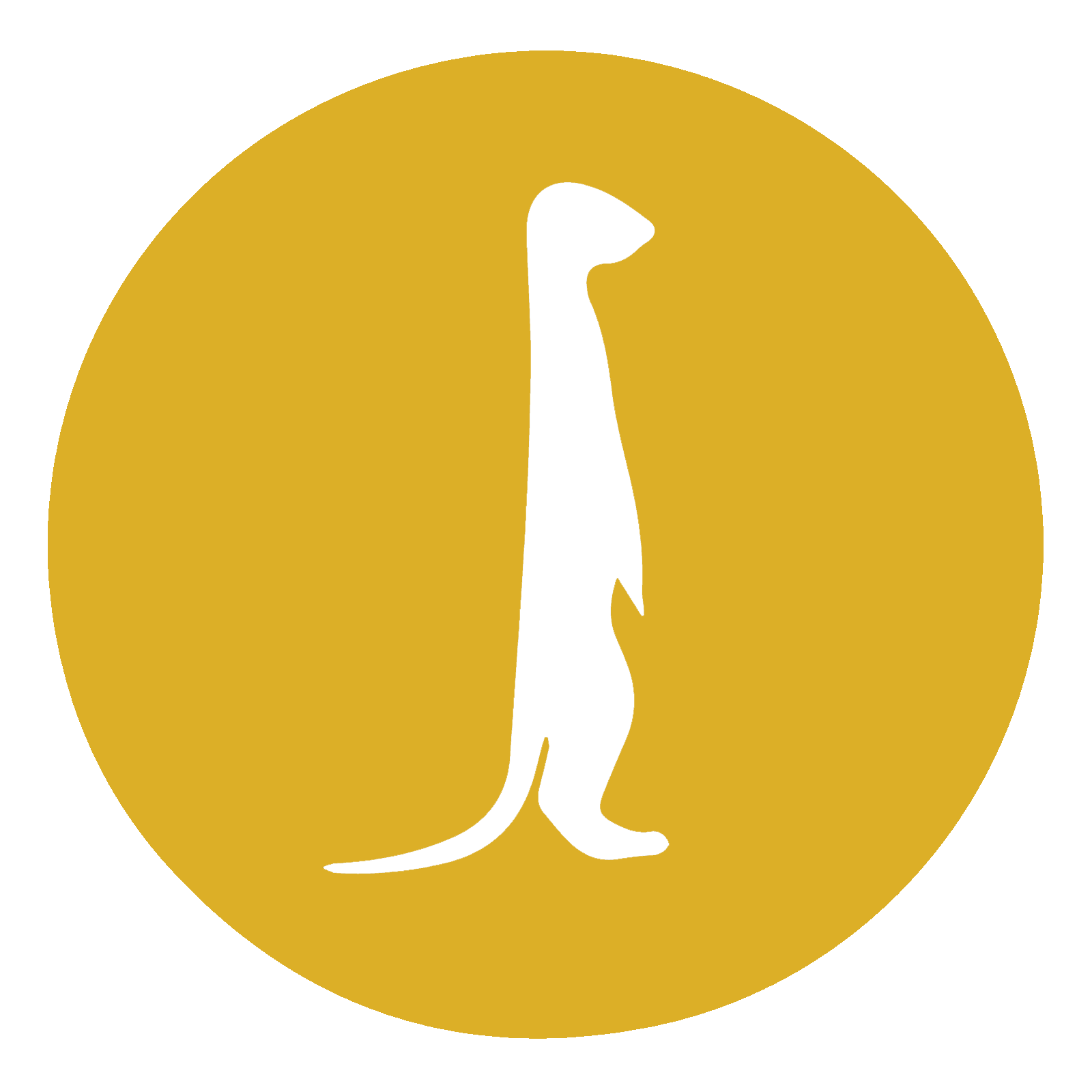
15 Dec The Rise and Fall (and Rise Again) of Social Media
Examining the Evolution of Social Media Networks
Humans are a uniquely social species. We have thrived because of our ability to communicate. The modern world is fully shaped by our connections. It was clear, even when the Internet was only a concept, the technology would be used to bring together people across the globe unlike ever before.
Early chat rooms in the 90’s evolved to Myspace in 2003 which led to Facebook, Twitter, and Instagram. Social media platforms built off of each other’s strengths and weaknesses. Everything in life is cyclical, every idea is recycled. (Don’t believe it? Instagram rolled out a copycat song feature in 2022.) What remained the same every time a new platform emerged or a legacy platform grew was the users’ desire to connect—to family, to friends, to celebrities and even strangers.
There is no doubt: social media is here to stay. But what the social media landscape looks like changes on a daily, if not hourly, basis.

Image courtesy of Dole777
The Cautionary Tale of Myspace
2003 was an important year in the history of social media. While Mark Zuckerberg was still a student at Harvard, major platforms like Myspace and LinkedIn were officially launched.
At its peak, Myspace attracted nearly 76 million active users. That’s the equivalent of 1 in 4 Americans using the service. Those were massive numbers in 2008, when the iPhone was still nascent and many people still used dial up to connect to the world wide web. Compare that to Facebook, which claims 1.91 billion daily active users across the globe in 2022. In some ways, it’s almost laughable to compare these two companies. All that being said, even the most loyal Meta employee will acknowledge Facebook would never have existed if Myspace had not paved the way.
There are thousands of factors that contribute to the success of a social network. Two of the biggest are utility and status. Utility is what service that social network provides. This can range from staying in touch with distant family (Facebook) to receiving real time news updates (Twitter) or even landing a new job (LinkedIn). Status is equally important, if not more, and in simple terms is how “cool” something is.
Myspace was young, hip, edgy in the late aughts, but as social media became crowded, it was no longer the new kid on the block innovating and drawing in the younger crowd. Instagram and Snapchat—which would suffer the same fate at the hands of upstart BeReal—became the “cool” places to be.
While Myspace is still operational, they saw less than 7 million visitors in June 2022. They’ve shifted their focus to a specific niche, instead of trying to compete with the entire internet. Myspace has become a popular platform for bands and musicians to promote their music. It is a great example of how you don’t have to do everything, as long as you do one thing well.

TikTok’s Takeover
How many hours do you spend per day on TikTok?
Have a rough number in your head?
Keep going up.
Kids and teens spend an average of 91 minutes every day scrolling through TikTok. That time has to come from somewhere, and it’s at the cost of the original video platform YouTube, which now sees less than an hour of traffic per day from its younger users. (Compare that to the version of TikTok available to domestic Chinese users, Douyin, which limits its younger users to only 40 minutes of educational content per day).
TikTok’s dominance over the last three years – since it was originally known as Musical.ly – is astounding. It has been so successful that it has forced other social networks like Instagram to completely pivot to video sharing. Loud, colorful, and crazy is the new name of the game. Social media has turned into something akin to candy: hard to resist and impossibly sweet.
The most surprising success story from this era is LinkedIn. Consider LinkedIn as brussel sprouts to TikTok’s cupcakes. A slow, steady build that still emphasizes connections is LinkedIn’s secret to success. 2022 saw LinkedIn grow to 875 million users, with 44% of those users earning above the national median. If you want to be where the money is—get on LinkedIn.

Living with the Metaverse
Facebook, or should we say Meta, is the behemoth that will never go away. Thanks to their market share, Meta is the company more than any other (yes, that includes Amazon and Apple) that looks to define our future. And there is one place Mark Zuckerberg wants to take us: into the metaverse.
Futurists envision a world where we live entirely online, seamlessly connecting with different people and cultures. This would completely revolutionize the way we interact with the world. At the moment, virtual reality is still clunky headsets and wonky graphics. The experience will improve, but it is still an unknown if people will fully embrace it. For every step forward, there are more than a few failed projects lining the way. (Google Glass, anyone?)
Whether Zuckerberg is a true visionary or someone who has too much money and not enough people to tell him “no”, only time will tell.
What Does This Mean for Business?
From the past, in the present and to the future, you want to be where the people are—just like Ariel said. This requires constantly adapting to the changing demands of algorithms and public opinion.
So, how do you stay ahead of the curve? What is the next big thing?
Unfortunately, no amount of money (Mark Cuban and Dust) or creativity (B.J. Novak and The List App) can guarantee success.
This prediction business is an uncertain science, but based on the volume current social networks are seeing, it is highly unlikely that the next big thing will be a dark horse. Twitter has undergone an incredible amount of turmoil since being bought by Elon Musk earlier this year. Despite this, competitors like Mastodon have failed to grow in any substantial way. People are already comfortable on Twitter and do not have a desire to rebuild their networks. The connections already exist.
For now, put your investment in Meta (Facebook and Instagram) and TikTok. Meta holds the legacy card, and TikTok has the strongest growth of any platform. However, to succeed in social media you need to stay agile and be ready to adjust your plan at any moment.
Looking for Help Navigating Social Media?
Are you looking to be on the cutting edge of digital marketing trends? Meerkat Media Group has you covered! With experience in ecommerce, hospitality, food, and more, we have the know-how to reach the audience you want. Contact us today for more information on taking your digital marketing to the next level.



